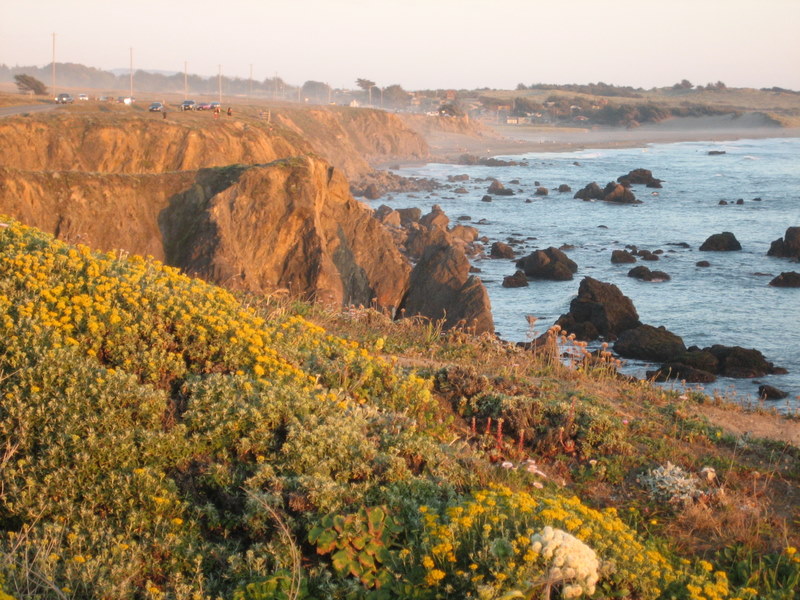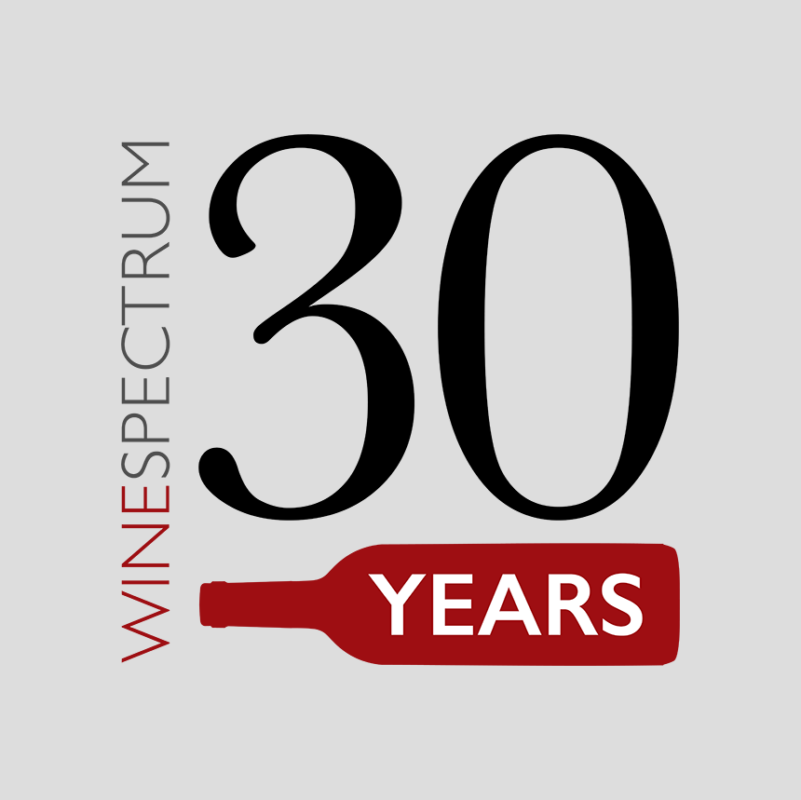-
×
 2020 Carter 'The Daze' Red Blend Napa Valley
1 × $ 95.00
2020 Carter 'The Daze' Red Blend Napa Valley
1 × $ 95.00
News
AVA Spotlight: Sonoma Coast
All of the vineyards along the Sonoma County coastline have been grouped under one official viticultural area, comprising more than half a million acres with roughly 7,000 acres under vine, the Sonoma Coast AVA was made official in 1987. This umbrella AVA was created largely to accommodate cold-climate, ‘estate-bottled’ producers, who own vineyards scattered throughout the cooler zones along the Sonoma coast.
Cool climate and relatively high rainfall are the general ecological features shared by all vineyards within the Sonoma Coast AVA. These factors contribute to slow grape maturation, with optimum ripeness coinciding with the very end of the growing season creating ideal conditions for the challenging Pinot Noir variety. Chardonnay and cool climate Syrah also shine in this region. The appellation stretches as far south as San Pablo Bay, right up to the Mendocino County line. Its broad boundaries overlap a number of other Sonoma AVAs and sub-AVAs. They also include some Sonoma shoreline vineyards, previously outside any other viticultural area. Recognition of the diversity of conditions within the Sonoma Coast has led to petitions to further divide this AVA into several sub-AVAs. The Fort Ross-Seaview AVA, is the first of these sub-AVA’s to be approved.
Has any American Pinot Noir scaled such a height? I would submit that one zone has a better shot at Grand Cru status than any other: a small portion of extreme western Sonoma County bordering the Pacific Ocean. The new name, yet to be formally approved at this writing (since named Sonoma Coast AVA), hardly rings any bells. But names such as, Blue-Slide Ridge, Flowers Camp, Meeting Ridge, and Hirsch Vineyards surely do. These wines, among a few others in this remote and rugged spot, are American Pinot Noirs like no others.” – Wine Spectator, Oct 15th 2005



